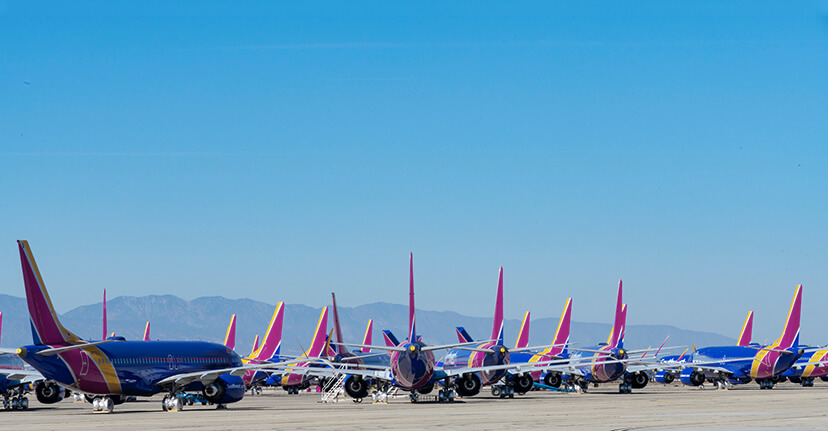In our efforts to bring you the latest updates on things that might impact your financial life, we may occasionally enter the political fray, covering candidates, bills, laws and more.
Please note: SoFi does not endorse or take official positions on any candidates and the bills they may be sponsoring or proposing. We may occasionally support legislation that we believe would be beneficial to our members, and will make sure to call it out when we do. Our reporting otherwise is for informational purposes only, and shouldn’t be construed as an endorsement.
If you’re like most Americans, you own a car. What’s more, you use that car on a day-to-day basis to get to work, among other errands.
In fact, although we all know that public transit carries a lower ecological impact, car ownership is actually on the rise in America–which spells trouble for our warming planet. Indeed, transportation makes up the single largest source of greenhouse gas emissions in the United States, contributing almost a third of the carbon dioxide, methane, and other gases that are warming our environment.
That’s part of the reason four major, international automakers have struck a deal with the state of California to increase the fuel-efficiency of their fleets over the coming years, agreeing to produce vehicles that see nearly 50 miles per gallon by model year 2026.
The pact comes as a response to White House plans to freeze the more stringent nationwide fuel-efficiency requirements set in motion under the Obama administration, and was also, according to a joint statement, driven by the desire for predictability in manufacturing and lowering consumer costs.
Here’s what you need to know about the new agreement (and California’s greater commitment to environmental stewardship)–including what it means for you as a consumer–and how to find cheaper, greener ways to travel as a whole.
Read more




